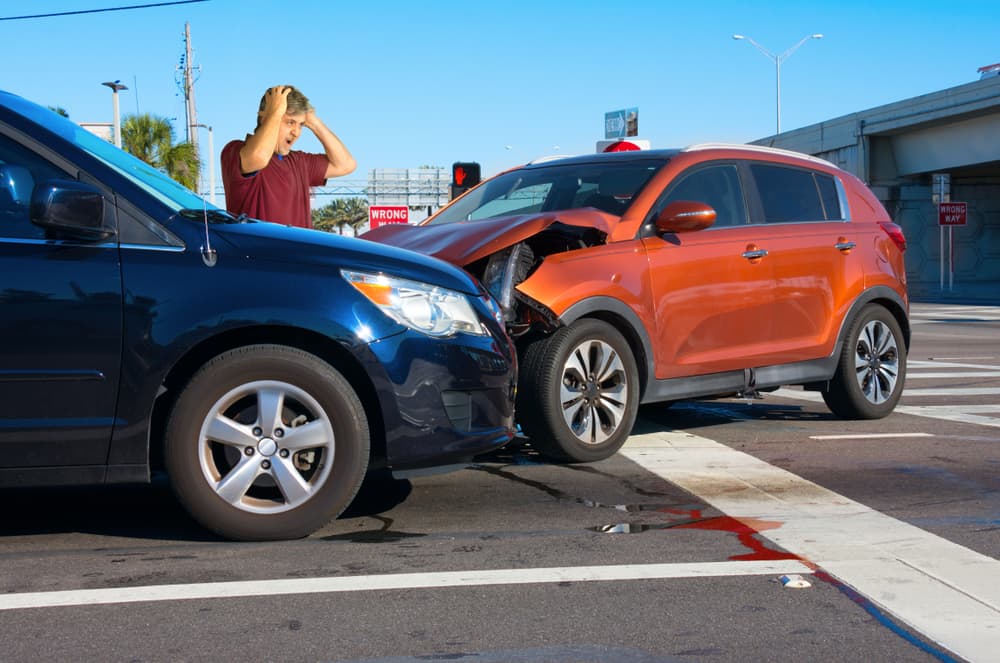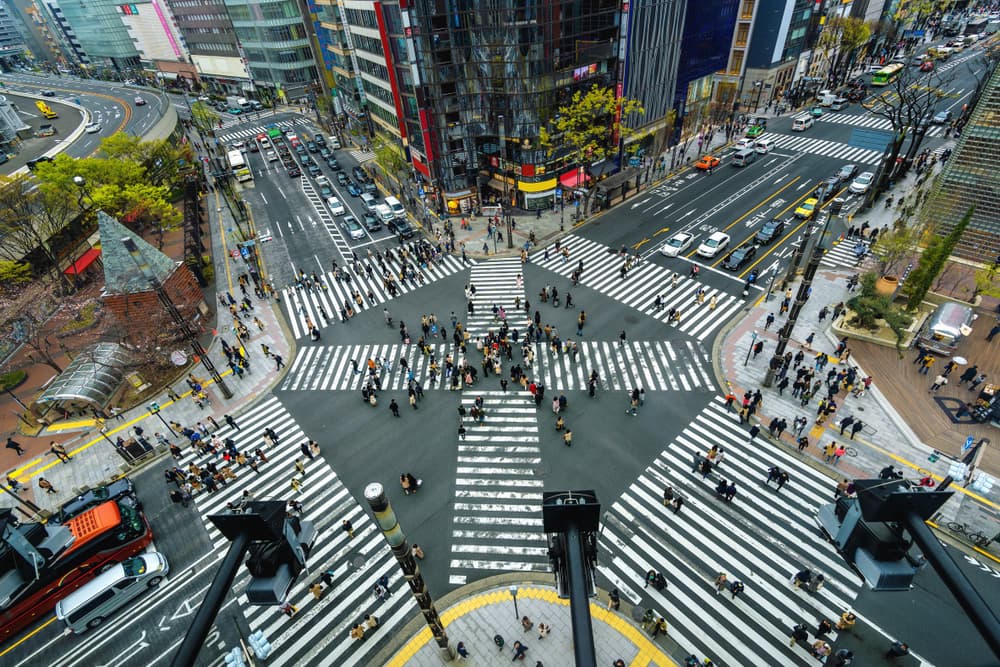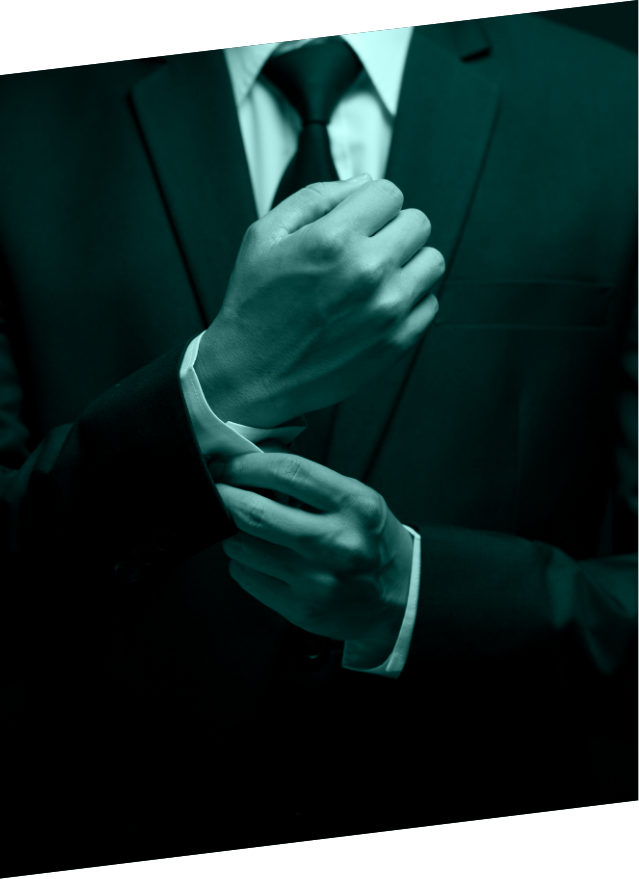
Driving through an intersection is one of the most complicated and anxiety-inducing traffic situations that people encounter on the road when operating a motor vehicle.
Intersections are also some of the most common locations where car accidents occur. The heavy flow of traffic combined with a lack of attention or awareness and/or illegal maneuvers is a recipe for disaster.
The chance of an accident is much greater when multiple vehicles approach an intersection from different directions compared to other situations on the road. More than half of total traffic accident injuries and fatalities occur at or near intersections in the United States.
When intersection accidents occur, you can hold drivers who fail to obey traffic signals, signs, or laws liable for any injuries and damages suffered by other drivers, passengers, and pedestrians. However, determining liability in accidents at or near intersections usually requires an in-depth investigation by a knowledgeable Bronx car accident attorney who examines all the circumstances that led to the accident.
What Are Intersection Accidents?
An intersection is the area of the road where two or more roadways intersect. When roads intersect, and streams of traffic from different directions come together, drivers must rely on right-of-way rules to know who goes first and when.
Controlled intersections employ stop signs or traffic signals, while uncontrolled intersections do not have stop signs or traffic signals that keep traffic moving in a coordinated fashion.
There are various ways intersection accidents occur, including:
- Right-hand turn accidents. Depending on the traffic signals and signs at the intersection, you may turn right while traffic moves from multiple directions.
- Left-hand turn accidents. Generally, motorists can turn left when it is safe to do so unless signs prohibit them.
- Vehicles going straight. A vehicle may collide with others if the driver fails to stop at the red light or stop sign when approaching an intersection.
Accidents are especially common in intersections when motorists fail to obey road signs and traffic signals. When proceeding through an intersection, motorists must pay attention to not only signs and traffic signals but also the actions of other drivers and pedestrians.
More than 10,600 people died in intersection accidents in a recent year alone, of which many involved failing to obey signals.
Common Causes of Intersection Accidents
About 96 percent of all intersection-related accidents had critical reasons attributed to drivers.
While no two accidents are the same, some of the leading causes of accidents at or near intersections include:
- Failing to stop at a stop sign or red light. Drivers disobeying road signs or traffic signals can lead to disastrous accidents, resulting in significant property damage, serious injuries, or even fatalities, especially when the collision occurs at high speeds.
- Trying to beat the yellow light. A yellow light indicates that traffic needs to clear the intersection. Unfortunately, many drivers see a yellow light as an invitation to speed up, which can result in preventable collisions with other vehicles traveling through the intersection.
- Making a prohibited turn. Not every intersection allows turns. Trying to make a prohibited turn can increase the likelihood of accidents at or near the intersection.
- Turning left or right when the maneuver is unsafe. Many intersections allow drivers to turn left or right on a red light. However, a driver who wants to turn left or right cannot impede traffic or execute the maneuver when it is unsafe.
- Being distracted. Motorists must pay their full and undivided attention to the road at all times when driving, which is particularly important when driving through intersections. Distracted drivers (e.g., using his/her cellphone) are more likely to make errors.
- Failing to yield the right of way. Even at uncontrolled intersections, drivers must follow right-of-way rules. When motorists fail to yield to those with the right of way, you can hold them liable for an accident.
- Being rear-ended. When drivers stop at an intersection, another vehicle may hit them from behind. This can push the rear-ended vehicle into traffic and lead to a chain-reaction accident with traffic moving through the intersection.
- Failing to adjust to weather conditions. Accidents at an intersection may also occur due to driving inappropriately for the weather. The visibility may become significantly worse during inclement weather, and roads may become slippery, making it more difficult for even the most experienced drivers to maintain control over their vehicles.
- Defective equipment. Collisions may occur if a vehicle malfunctions due to a defect while moving through an intersection (e.g., brake failure).
- Failing to properly survey the surrounding area. Drivers must always pay attention to their surroundings, especially when approaching and moving through intersections. Misjudging the situation or failing to properly survey the surrounding area can lead to preventable collisions.
- Moving through an intersection with an obstructed view. Anything (other vehicles, trees, etc.) that blocks a driver’s view of the road makes an intersection more dangerous.
In most cases, determining which driver caused the intersection accident requires a thorough investigation to understand who had the right of way and who acted negligently.
Conditions That Make Intersections More Dangerous

Not all intersections are the same. Some intersections are safer and easier, while others are more dangerous, even for the most experienced drivers.
Intersections with any or a combination of the following conditions may present a higher risk for accidents:
- High traffic volume. Generally, the busier the intersection, the higher the likelihood of accidents. Motorists tend to make unreasonable decisions when navigating intersections with more traffic.
- Obstructions. Intersections with an obstructed view on one or both sides present additional dangers. When a driver’s view is blocked, he/she is less likely to move through an intersection safely.
- Confusing, not visible, or missing signals. Accidents are more likely to occur when traffic signals at or near an intersection are unclear, not visible, missing, or otherwise defective.
- Poor lighting conditions. Vehicles are more likely to collide and hit pedestrians in a poorly lit intersection, especially at night.
Even when any of the above-mentioned conditions exist, drivers must exercise caution and remain vigilant to reduce the likelihood of getting into an accident.
How Evidence Can Help to Determine Causation in Intersection Accidents
Intersection accidents often involve disputes regarding fault, as multiple parties may think they had the right of way. In such cases, the only way to determine causation and establish liability is to conduct an investigation and gather all available evidence.
When an intersection accident occurs, the following factors may determine what caused the accident and who is at fault:
- The behavior of each driver. Motorists must obey traffic rules to ensure the orderly movement of vehicles through intersections and avoid collisions.
- Road signs and traffic signals. Investigators at the scene must determine whether each driver obeyed road signs and traffic signals at the time of the crash.
- Witnesses. The statements of other drivers, passengers, and bystanders who saw the intersection accident can provide valuable testimony.
- Damage to the vehicles. The damage done to each vehicle involved in the crash can indicate how the accident occurred.
Determining causation in an intersection accident case and proving fault may require the following evidence:
- Police report
- Black box records
- Vehicle maintenance records
- Cell phone photos and videos
- Camera surveillance footage
- Alcohol and drug tests
Not all of these types of evidence are readily available at the scene, so you may need to hire an experienced attorney to build your legal case.
Common Types of Injuries Suffered by Victims of Intersection Accidents
People involved in intersection accidents can suffer a wide range of injuries, ranging from minor scratches and bruises to severe and life-threatening conditions, such as penetrating chest injuries and paralysis.
The list below contains some of the most common types of injuries among victims of intersection accidents:
- Head trauma and traumatic brain injuries (TBIs). When someone hits their head or suffers a forceful blow or jolt to the head or body, they can suffer a traumatic brain injury. The severity of the injury depends on the extent of the damage, and each year, about 214,000 people require hospitalization for brain injuries.
- Neck injuries. Neck injuries are prevalent among victims of all motor vehicle accidents, not just those that occur at intersections. Many such injuries, including whiplash, occur due to acceleration or deceleration of the head on the neck.
- Spinal cord injuries. A spinal cord injury is a potentially life-threatening injury that can result in complete or partial paralysis. This injury can happen due to a sudden, traumatic blow to the vertebrae and can damage or destroy axons that carry signals between the brain and the body.
- Back injuries. A back injury after an intersection accident can limit the victim’s mobility and lead to disability. Sprains and fractures in this area are very common when the body moves and twists during a crash.
- Facial injuries. After a collision, the driver’s face may hit the steering wheel, airbag, dashboard, windscreen, or side window, resulting in bruises, cuts, facial fractures, and other injuries on the face.
- Internal injuries. Many of the organs can suffer damage in a traffic accident, including the liver, spleen, and kidneys. Symptoms of an internal injury caused by intersection accidents may not immediately manifest. These injuries can endanger the victim’s life if they do not receive treatment properly and quickly.
- Psychological injuries. In addition to the physical trauma, victims of intersection accidents are likely to suffer psychological injuries, including driving anxiety, depression, post-traumatic stress disorder (PTSD), and many others. Some psychological effects after such accidents may affect the victim for the rest of their life.
After an intersection accident, do not guess or take chances. Seek medical attention right away to document the extent of your injuries, which is imperative for your health and the success of your future claim for compensation.
How Can a Car Accident Attorney Help You?
When an intersection accident occurs, seek medical attention and recover from your injuries. Your livelihood and the livelihood of your family depend on it.
Not taking the time you need to heal and rebuild your life after a traumatic event may compromise your health, your ability to recover, and your ability to provide for your family financially.
For this reason, always contact a car accident attorney to handle every aspect of the personal injury claims process and increase your chances of securing maximum financial compensation.
A skilled attorney can:
- Advise you on the legal remedies available to you
- Investigate how the intersection accident occurred
- Determine fault
- Gather evidence proving the other driver’s fault
- Find and contact any potential witnesses
- Work with expert witnesses, including accident reconstruction experts
- Communicate with the insurance company on your behalf
- Negotiate a fair settlement amount
- Represent your best interests in court at trial

After an intersection accident, disputes may arise regarding fault and the extent of injuries and damages. A car accident lawyer navigates the complexities of an intersection accident case and pursues the compensation you deserve.
With legal counsel, you can return your attention to your health and daily life, significantly improving the prospects of recovering from your injuries.
Consultations with a personal injury attorney are free, and they can advise you of your best legal options. Seek legal representation today following an intersection crash.



